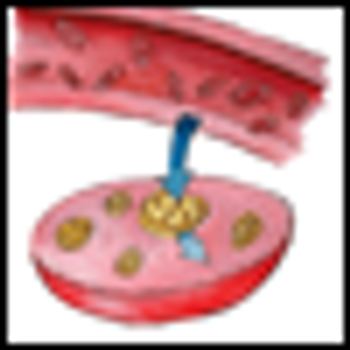
The NCCN Clinical Practice Guidelines in Oncology for the Prevention and Treatment of Cancer-Related Infections has been updated to include information about the effect that the H1N1 virus may have on the diagnosis and treatment of cancer treatment-related infections.



